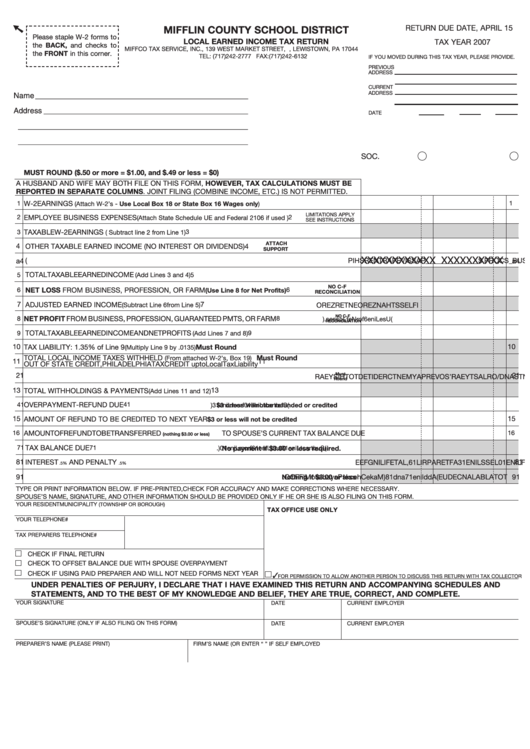

This is nice because you have an idea of how much taxes you will have to pay. The majority of the plans/financial service companies that issue this form will actually calculate the taxable amount for you. You will want to give this to your accountant to check on your unique tax situation.

Please note that an amount in this box doesn’t mean that it is automatically taxable. Pretty self-explanatory but this is where the total amount of the distribution is located. Key Boxes That You May See Filled In Box 1 Gross Distribution This is normally done when you switch jobs. However, it is also commonly used to report changes in IRA and 401K’s that are moved from one custodian to a different custodian/company. In normal personal speak, it’s mostly used to state the amount distributed from a retirement account. The 1099-R is the 1099 information return for “Distributions from Pensions, Annuities, Retirement or Profit-Sharing Plans, IRAs, Insurance Contracts, etc.”. What is a 1099-R? And more importantly what do I do with it, and will I have to pay taxes on it? What is a 1099-RĪs you can probably guess (because it says it on the upper right-hand corner of the form). However, one form that most retirees get is the 1099-R.

Anything from consulting income to farm dividends. These 1099 forms are informational returns that are used to report a myriad of income items/payments to the IRS. Which means that you may start receiving 1099 forms from various people/businesses.


 0 kommentar(er)
0 kommentar(er)
